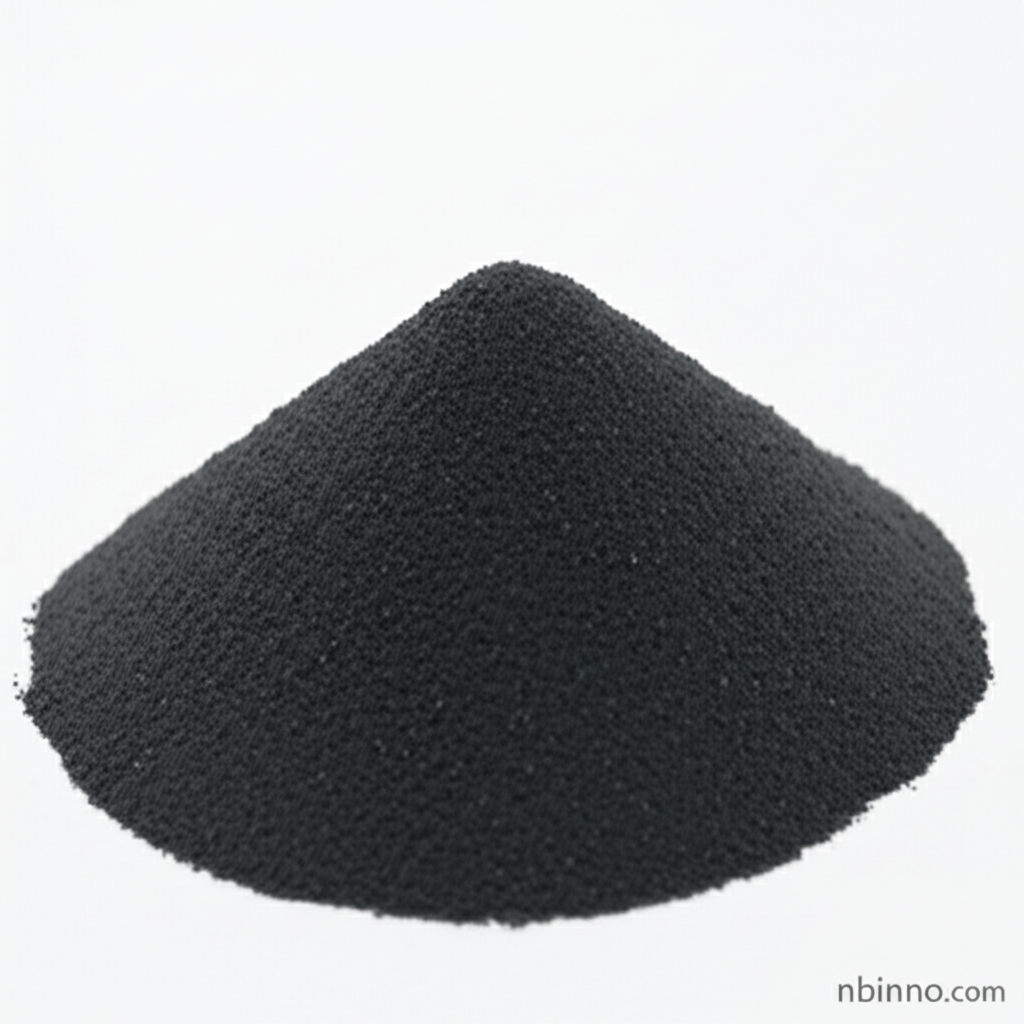High Purity L-(+)-Tartaric Acid 99%
Essential Organic Acid for Food, Industrial, and Pharmaceutical Applications.
Get a Quote & SampleProduct Core Value

L-(+)-Tartaric Acid
L-(+)-Tartaric Acid is a versatile organic compound widely recognized for its use as a food additive and its crucial role in various industrial processes. Its high purity ensures effectiveness and reliability across diverse applications, from enhancing flavors to facilitating chemical reactions.
- Discover the broad industrial uses of organic acids like L-(+)-Tartaric Acid, including its chelating properties for metal ions in agriculture and metal cleaning.
- Explore the tartaric acid chemical properties, understanding its diprotic and dihydroxyl nature, crucial for its reactivity and applications.
- Learn about the tartaric acid in winemaking process, where it plays a vital role in pH regulation and preservation, contributing to the final product's quality.
- Investigate the tartaric acid applications in food and beverage, where it serves as an acidulant and antioxidant (E334), imparting a distinctive sour taste.
Advantages Offered
Versatile Applications
Leverage the multiple uses of L-Tartaric Acid food additive in the food and beverage industry, from confectionery to baked goods, enhancing taste and shelf life.
Industrial Efficacy
Benefit from its role as a high purity tartaric acid industrial use, serving as a cleaning agent for metals and a micronutrient chelator in fertilizers.
Chemical Significance
Understand its importance in grasping chemical chirality, a fundamental concept in organic chemistry, pioneered by Louis Pasteur's work with this very compound.
Key Applications
Food & Beverage Industry
Used as a primary acidulant and antioxidant (E334) in a wide range of food products, contributing to flavor and preservation. This highlights its role as an excellent L-Tartaric Acid food additive.
Industrial Processes
Its chelating properties make it valuable for cleaning metal surfaces and as a complexing agent for micronutrients in agricultural fertilizers, showcasing its high purity tartaric acid industrial use.
Pharmaceuticals
Employed in pharmaceutical formulations, often in effervescent salts and as an expectorant, demonstrating its utility as a chemical intermediate.
Winemaking & Fermentation
Integral to the winemaking process for pH control and tartrate formation, showcasing its deep connection to tartaric acid in winemaking.
